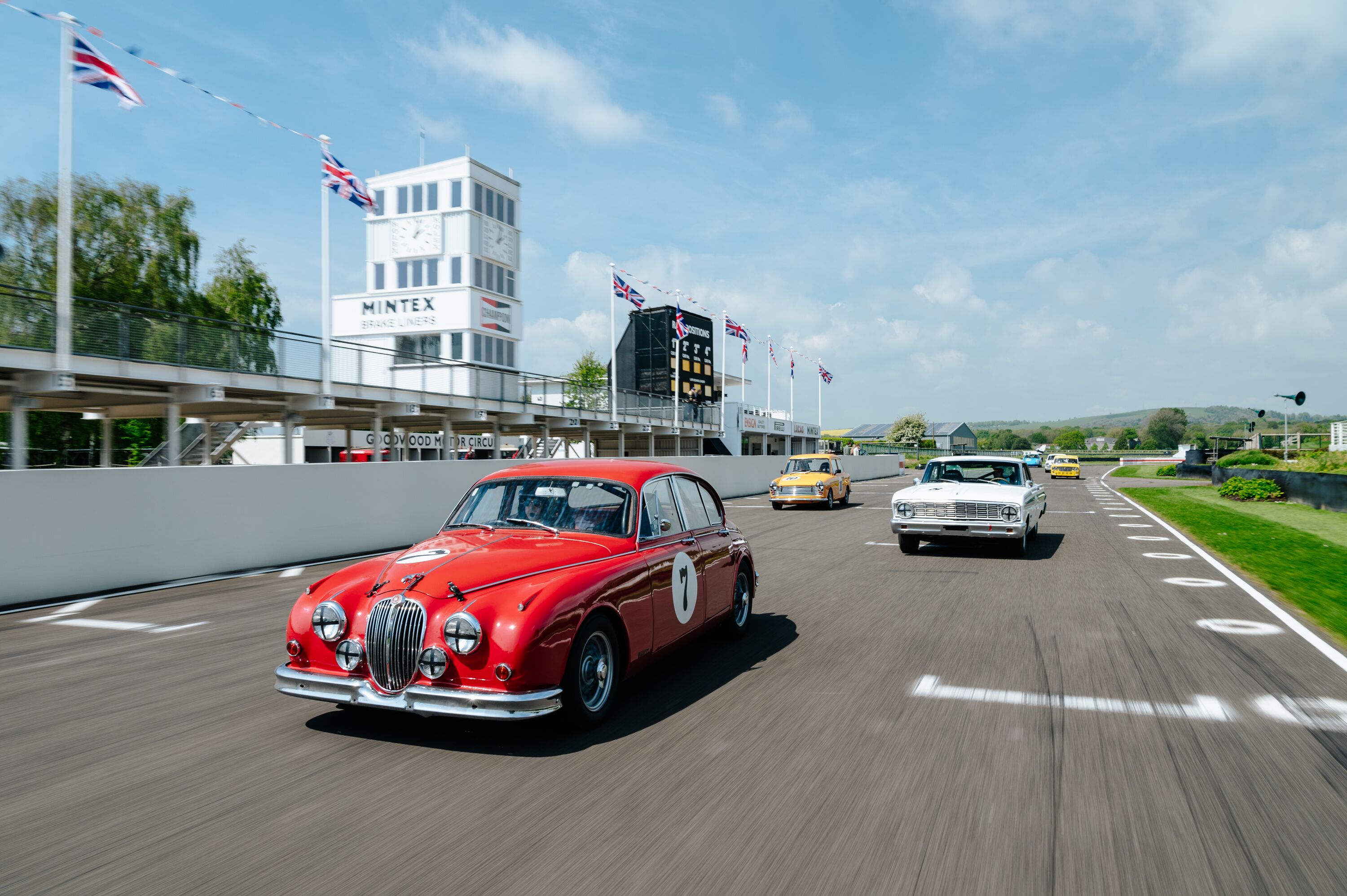
What with new cars powered by nothing but a hydrocarbon-fueled engine being banned from UK sale from 2040 (ditto France and an increasing number of other countries), and tentative talk of all internal-combustion engines to be taken off the road by 2050, it's no surprise that a lot of people are getting sniffier about old cars' effluent. Or am I being over-sensitive, seeing and guiltily misinterpreting reactions that aren't actually there?
This is what happened. My 1961 Saab 96 is a two-stroke, lubricated by oil mixed with the petrol which, therefore, its work done, burns with that petrol. When the engine is cold, the oil doesn't burn completely and there's quite a lot of smoke. Quite fragrant smoke, in my view, especially compared with black, heavy, wheeze-inducing diesel smoke, but not everyone agrees. Within a mile of start-up, the smoke is more or less gone, reappearing a little only when the engine is working hard such as when climbing a steep hill, and everyone is reasonably happy.
I live on a hill. Driving up the hill straight after a cold start means there's a bit of a blue cloud left hanging in the road. Two clouds, actually; the one at the bottom of my drive as I accelerate away, and another 100 yards on as the oil that has accumulated in the exhaust silencer on start-up is now blown through by the rush of exhaust gases produced by the higher revs and wider throttle opening. And thus, normally, I continue up the hill and out onto clear roads with a clearing exhaust.
Right now, though, there are roadworks at the top of the hill, with traffic lights. So the Saab sits with its still-cold engine, blue clouds fragrantly wafting, and this morning the driver of a black and quite new Mercedes-Benz who probably knew nothing of two-stroke cars, and assumed the Saab's engine was time-expired, was sitting behind me and fanning his hand across his face. Fair enough; he had already driven through the two clouds, so was fearing poisoning by particulates. He didn't look at all happy.
Should I have switched my engine off as we waited for green? I didn't because I wanted to be ready to go as soon as the lights changed, besides which a restart might have produced another big blue cloud. But next time I think I will. On balance it would probably be better.
Maybe I don't go out in the Saab again until the roadworks are finished, which may be a month or more away. Or maybe I should go the downhill route, but then the engine doesn't warm up and I send smoke along Berkhamsted High Street as I wait at the lights at the bottom of the hill.
Should I make a sign for the Saab's rear window? 'Sorry – it's a two-stroke, and that's what they do'? But then I'd have to stop once the engine is hot to remove the sign, otherwise, people would wonder what it was referring to. I tried some extremely expensive, super-duper two-stroke oil, claimed to reduce smoke. It was six times as expensive as the stuff I normally use, which is itself a synthetic racing blend intended (successfully) to reduce carbon build-up, and it made no difference at all.
Maybe I'm using too much oil, one litre of it to 30 litres of fuel. The Saab handbook, published in 1961, recommends yet more oil, a 25-to-one mix, but later Saab two-strokes were allowed about 33-to-one. Some say that, with modern oils, 40-to-one would be safe, but I tried that in my Saab's previous engine and it destroyed itself. Whether through insufficient oil, I can't say. So I'd like to stick to my current petrol-to-oil ratio.

Many years ago, in Sweden, two-stroke Saabs were everywhere and blue smoke was a way of life. The late, great Erik Carlsson told me that he was once on a forest rally stage involving a long downhill stretch followed by a blast up the other side of the valley, and he couldn't see a thing at the bottom of the hill for all the blue smoke from the Saabs that had previously blared through. Much of former East Germany was cough-inducingly foggy, too, what with the two-stroke Trabants and the lignite solid fuel burnt in houses and power stations.
That, clearly, was unacceptable. We live in different times now, we expect clean air and I admit I'm sometimes embarrassed by my Saab's outpourings. And although most people feel warm towards nice old cars, I have noticed how following drivers often seem to keep a greater distance behind anything old than they do if I'm driving a modern. It seems to apply even if that old car isn't actually all that old – such as the 20-year-old, low-mileage Citroën Xantia that I've just bought (you might remember I threatened to do this a few weeks ago, in search of the float-on-fluid ride), with its squeaky-clean, catalyst-equipped petrol engine. Old equals poisonous, they think.
Or is that they are keeping a more respectful distance behind the old car, because they know it's likely to be more special to its owner than a modern and less straightforward to repair if hit? No, I don't think so either.
Meanwhile, the question of the moment surely is: after 2050, will there actually be any petrol stations left? If not, and the motoring world we love has ceased to exist, at least it will have fixed the Saab's smoking habit.
John simister







